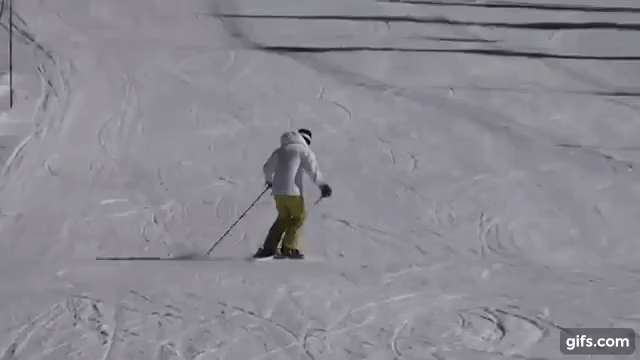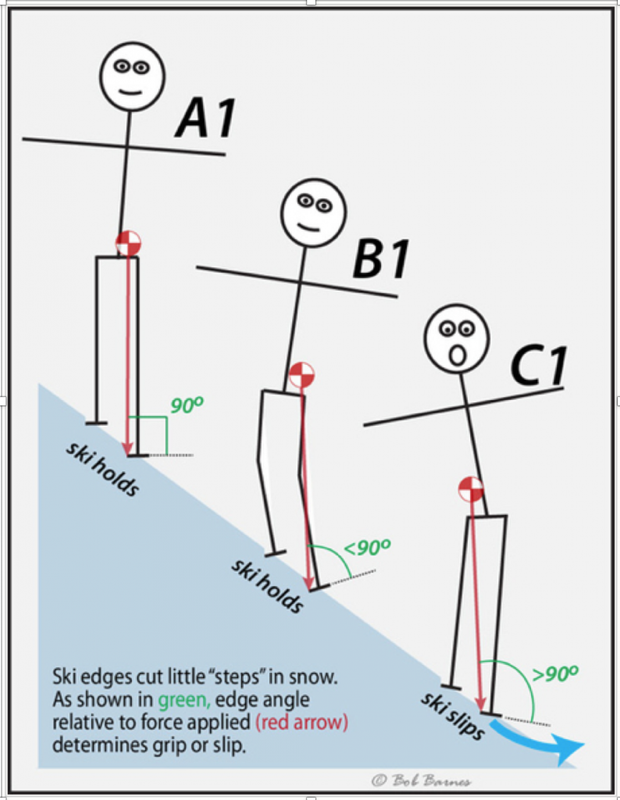- Joined
- Dec 2, 2015
- Posts
- 24,980
That looks like you did some pretty active shortening of the inside leg. And you kept it on edge!I like to tip both skis at the same time then soften my inside leg as the turn progresses.
View attachment 72726
We wonder what you were thinking about. Fish and chips in the lodge, zoom zoom, motorcycles, airplanes, cars, the Kentucky Derby final turn?



